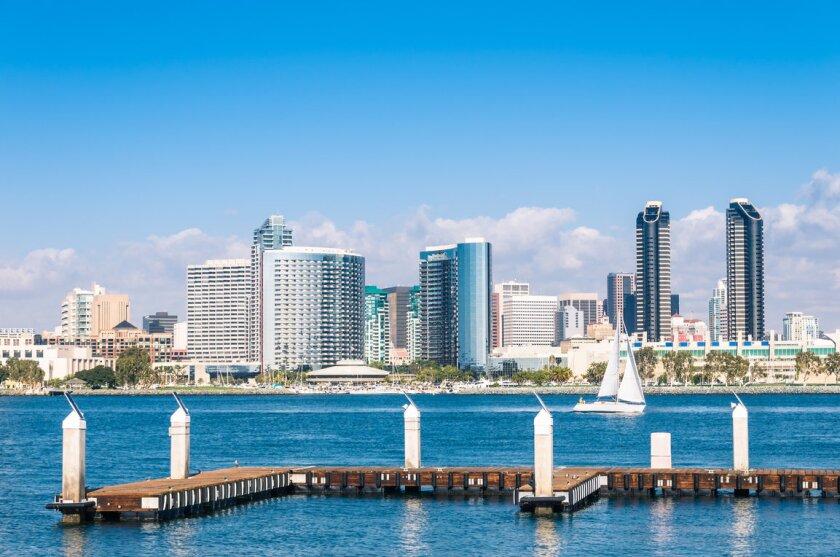
The regulations are among more than 50 policy changes approved Tuesday by the City Council as part of a wide-ranging update to San Diego’s municipal code.
The wireless antenna regulations include special protections for the city's historic areas and efforts to limit visual impacts, while also aiming to keep the new antennas as unobtrusive as possible.
City officials touted the new rules as among the strongest in the nation, predicting they will protect neighborhoods from poorly designed cell antenna installations that damage community character and aesthetics.
Industry leaders expressed unenthusiastic acceptance of the city’s decision to take an aggressive approach.
“This draft ordinance is a tough one — there’s no getting around that,” said Adrian Salas, government affairs manager for the cell antenna installation company Crown Castle. “We think we can still find a way forward if it’s applied fairly.”
Community leaders praised San Diego’s efforts, which come despite new federal rules that limit the discretion of cities on some aspects of cell antennas.
The wireless industry has touted advanced 5G technology, which is expected to be unveiled nationwide next year, for its ability to boost data capacity, speed up performance and lengthen device battery life.
The shift to 5G requires the industry to essentially abandon old-fashioned cell towers in favor of “small cells,” where a group of smaller antennas with more limited ranges transmits the same cell data as one large antenna would.
The small cell antennas will be placed a block or so apart along streets and at public facilities. Typically they will be mounted on telephone poles and street lights.
Some small antennas are already operating in San Diego to support less-advanced 4G technology, but the shift to 5G will require many more of the antennas throughout the city.
The new federal law requires San Diego and other cities to loosen some rules, speed up approval times and lower fees. But cities keep their rights to regulate the visual impact and safety of cell towers, if it’s in a “reasonable” way and if the city’s criteria are objective and published in advance.
That includes providing added protections to historic districts, where community character is often more vulnerable to change.
Some residents urged the council not to approve the new regulations, contending the city should consider the potential health impacts of small cell antennas. But federal law prohibits local governments from considering those issues.
(c)2019 The San Diego Union-Tribune. Distributed by Tribune Content Agency, LLC.




